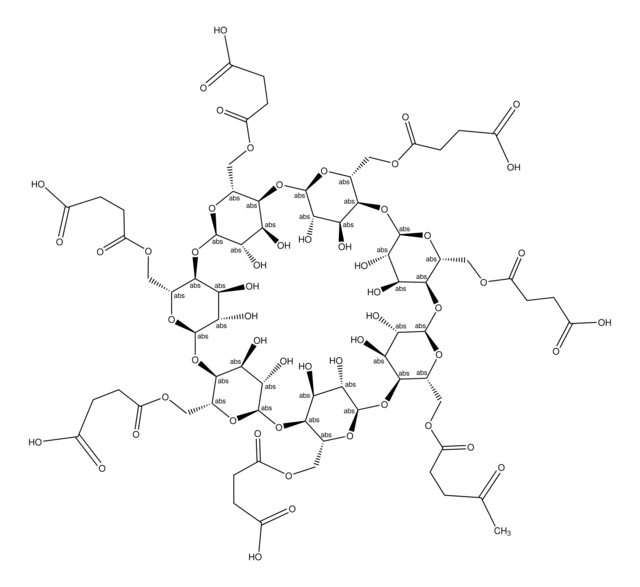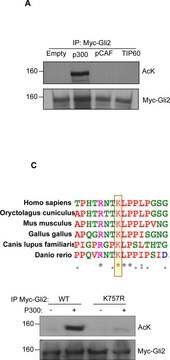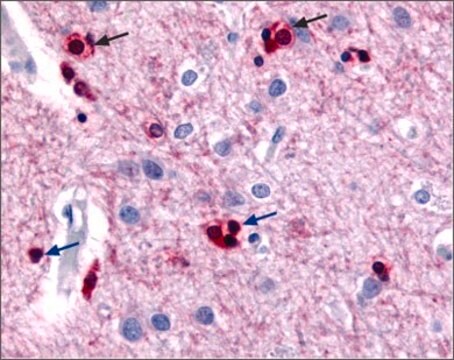05-667
Anti-phospho-CREB (Ser133) Antibody, clone 10E9
clone 10E9, Upstate®, from mouse
Synonyme(s) :
active transcription factor CREB, cAMP responsive element binding protein 1, cAMP-response element-binding protein-1, transactivator protein
About This Item
Produits recommandés
Source biologique
mouse
Niveau de qualité
Forme d'anticorps
purified antibody
Type de produit anticorps
primary antibodies
Clone
10E9, monoclonal
Espèces réactives
canine, rat, mouse, human
Fabricant/nom de marque
Upstate®
Technique(s)
ELISA: suitable
immunohistochemistry: suitable
western blot: suitable
Isotype
IgG1κ
Numéro d'accès NCBI
Numéro d'accès UniProt
Conditions d'expédition
dry ice
Modification post-traductionnelle de la cible
phosphorylation (pSer133)
Informations sur le gène
human ... CREB1(1385)
Description générale
Spécificité
Immunogène
Application
Epigenetics & Nuclear Function
Transcription Factors
Qualité
Western Blot Analysis: 0.5-2 μg/mL of this antibody detected phosphorylated CREB in whole cell lysates from HepG2 and PC12 cells treated with forskolin.
Description de la cible
Forme physique
Stockage et stabilité
Rehydrated: Stable for 3 months at 2-8ºC.
Aliquot solution to store frozen and avoid repeated freeze thaw cycles.
Remarque sur l'analyse
Forskolin-treated PC12 cell lysate
Informations légales
Clause de non-responsabilité
Vous ne trouvez pas le bon produit ?
Essayez notre Outil de sélection de produits.
En option
Mention d'avertissement
Danger
Mentions de danger
Conseils de prudence
Classification des risques
Acute Tox. 3 Dermal - Acute Tox. 4 Inhalation - Acute Tox. 4 Oral - Aquatic Chronic 3
Code de la classe de stockage
6.1C - Combustible acute toxic Cat.3 / toxic compounds or compounds which causing chronic effects
Classe de danger pour l'eau (WGK)
WGK 1
Certificats d'analyse (COA)
Recherchez un Certificats d'analyse (COA) en saisissant le numéro de lot du produit. Les numéros de lot figurent sur l'étiquette du produit après les mots "Lot" ou "Batch".
Déjà en possession de ce produit ?
Retrouvez la documentation relative aux produits que vous avez récemment achetés dans la Bibliothèque de documents.
Notre équipe de scientifiques dispose d'une expérience dans tous les secteurs de la recherche, notamment en sciences de la vie, science des matériaux, synthèse chimique, chromatographie, analyse et dans de nombreux autres domaines..
Contacter notre Service technique








